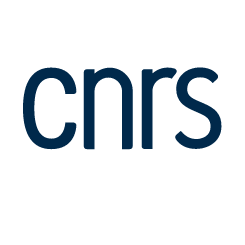Dynamic Cell Imaging: application to the diatom Phaeodactylum tricornutum under environmental stresses
Résumé
The dynamic movement of cell organelles is an important and poorly understood component of cellular organization and metabolism. In this work we present a non-invasive non-destructive method (Dynamic Cell Imaging, DCI) based on light scattering and interferometry to monitor dynamic events within photosynthetic cells using the diatom Phaeodactylum tricornutum as a model system. For this monitoring we acquire for a few seconds movies of the signals that are related to the motion of dynamic structures within the cell (denoted scatterers), followed by a statistical analysis of each pixel time series. Illuminating P. tricornutum with LEDs of different wavelengths associated with short pulsed or continuous-wave modes of illumination revealed that dynamic movements depend on chloroplast activity, in agreement with the reduction in the number of pixels with dynamic behaviour after addition of photosystem II inhibitors. We studied P. tricornutum under two environmentally relevant stresses, iron and phosphate deficiency. The major dynamic sites were located within lipid droplets and chloroplast envelope membranes. By comparing standard deviation and cumulative sum analyses of the time series, we showed that within the droplets two types of scatterer movement could be observed: random motion (Brownian type) but also anomalous movements corresponding to a drift which may relate to molecular fluxes within a cell. The method appears to be valuable for studying the effects of various environments on microalgae in the laboratory as well as in natural aquatic environments.
| Origine | Fichiers produits par l'(les) auteur(s) |
|---|
